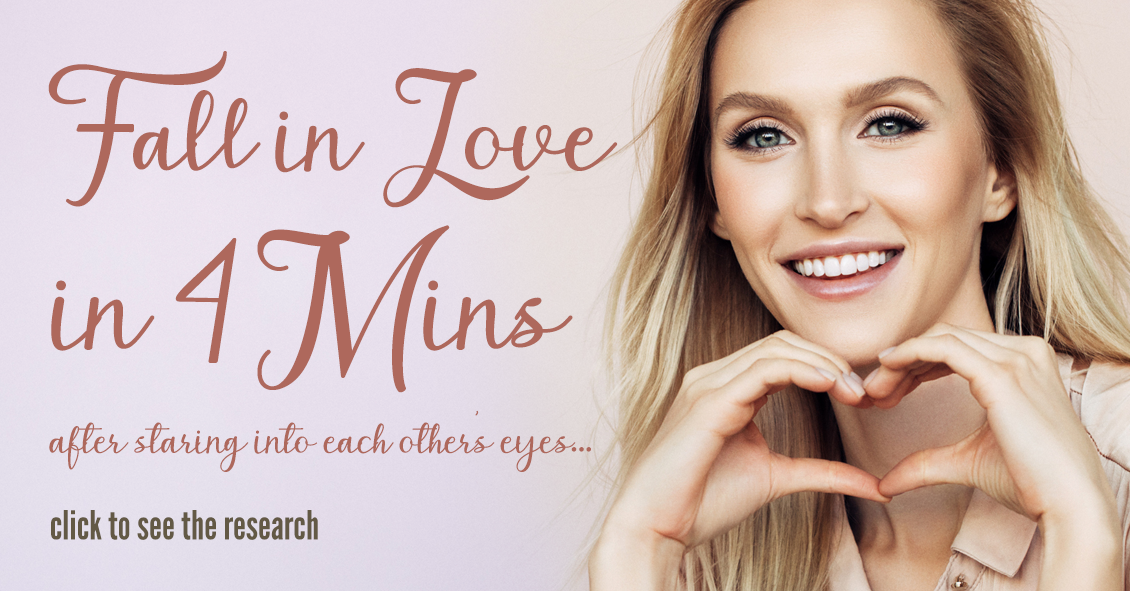
We have all heard the term ”Love is in the Air,” but can love really be in the eyes? Actually, Science has proven it so. Certain chemicals (or endorphins) that produce the emotion of love can be emitted through emotions expressed in the eyes. Romeo and Juliet and Antony and Cleopatra all can prove that love is in the eyes of the beholder. There are physiological changes in the eyes that occur when love is expressed between two individuals. Two people in love, love shown towards a family member, child, or pet all cause the same response: the pupil (black part in the center of the eye) dilates.
The size of the pupil can be an indication of emotional responses and messages. According to Scientific American, the autonomic nervous system (our fight or flight response), causes the pupil to have a quick dilating response. The ANS is also in charge of heart rate and perspiration, and when a person is extremely interested in another person, the pupil has a dilating effect that is slightly less than the pupillary light reflex. This bounce in size is an automated response that gives scientists indication of mood or interest (or love) shown to a person or pet.
Mounting scientific evidence also shows the benefit of looking into the eyes of your pet, especially dogs. Stroking them causes you to become more healthy on all fronts, and a few minutes a day of lovingly looking at the dog and stroking the pet releases serotonin, prolactin, and oxytocin which are "feel good" hormones.
There are also studies inspired by psychologist Arthur Aron, from over 20 years ago, that show if you stare into someone's eyes for 4 minutes you can fall in love... for looking eye to eye allows you to connect and reminds you why you fell in love in the first place.
Overall health is improved and years can be added to your life when looking at something or someone with love. Your eyes and autonomic nervous system play an intricate role in the expression of love. In conclusion, science and Shakespeare have it right when it comes to the response of the pupils. Remember what Shakespeare said in A Midsummer Night’s Dream, ”Love looks not with the eyes, but with the mind.”
Source:
12/07/2012 article of Scientific American entitled:
Why Do Pupils Dilate in Response to Emotional States?
By Joss Fong
The content of this blog cannot be reproduced or duplicated without the express written consent of Eye IQ.
 Just like adults, children need to have their eyes examined. This need begins at birth and continues through adulthood.Following are common recommendat...
Just like adults, children need to have their eyes examined. This need begins at birth and continues through adulthood.Following are common recommendat...


